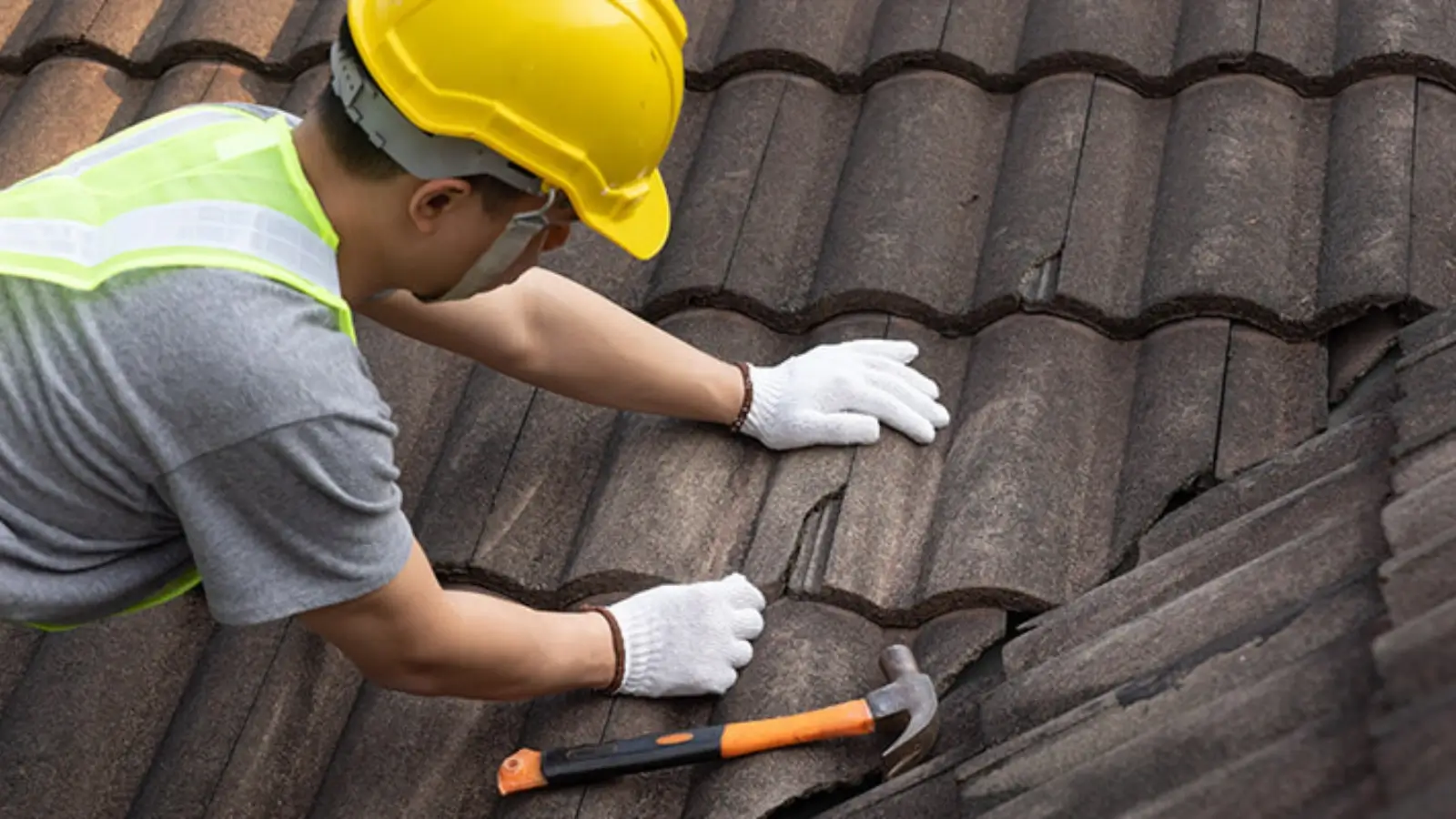


Roof repairs seal vulnerable spots to stop moisture entry and help extend roof life. By working with a professional roofer, you enhance the building's safety and improve its appearance. You can schedule the repairs when you want to improve roof drainage, prevent overflow, and reduce water pooling. Here's what to expect during a roof repair project:
A roof repair usually starts with a visual inspection to check on shingle condition, flashing wear, and gutter debris. Roofers look out for vent leaks and moss buildup that may indicate water damage. To detect weaknesses early and prevent roof collapse, contractors conduct a structural evaluation to assess truss integrity, sheathing stability, and the condition of support beams. Leak detection involves inspecting interior stains and drip spots. Roofers use water testing and condensation checks to identify interior damage.
Roofers do a gutter assessment to identify clogs, rust spots, sagging, and loose brackets. They identify blocked ducts by checking the ventilation of the ridge, soffit vents, and turbine vents. Professionals also review attic insulation and blown-in insulation. They check fiberglass, spray foam, and thermal gaps to know how you can reduce heating costs.
A flashing examination includes inspecting the chimney and skylight flashing to assess the condition of the joints. A roof material assessment helps with planning replacements. After the evaluation, the contractor creates photos, written reports, and repair recommendations to help track roof health.
Contractors prepare the work area by setting up safety measures, staging materials, and removing debris. They reduce hazards and protect landscaping with equipment checks and tarp placement. They verify the damage through leak tracing, shingle inspection, and decking check. When the roofer repairs the underlayment, they restore roof protection and prevent leaks.
Roofers engage in truss bracing, rafter repairs, and decking reinforcement to increase roof strength and prevent sagging, which can eventually lead to collapse. If the roof has safety issues, contractors seal joints and replace fasteners. To stop leaks and protect interiors, roofers apply flashing sealant, roof coating, and membrane patching. Vent sealing and joint caulking help the roof resist weather damage and improve insulation.
Roofers complete vent upgrades, airflow correction, and ridge vent addition to regulate temperature and reduce humidity. By sealing ducts and installing fans, roofers prevent mold from growing in damp areas. If you aim to improve curb appeal and maintain cleanliness, expect roofers to remove old shingles and damaged insulation.
Professional roofers use premium roofing materials, such as asphalt shingles, standing seam metal, and clay tiles. For homeowners wanting to extend roof life and boost home value, they can install composite shingles that resist the weather. By installing the proper underlayment, such as synthetic underlayment and rubberized asphalt, professional contractors prevent leaks and protect decking.
If there are vulnerable spots that can lead to leaks, expect the roofer to conduct step flashing, chimney flashing, and vent pipe flashing. Professional roofers use high-grade fasteners, such as stainless nails and corrosion-resistant bolts, to prevent loosening and maintain roof integrity. For roofs with weak points and reduced drainage, contractors accurately align the roof to create straight shingle rows, even ridge caps, and symmetrical valleys.
Professional roofers install the right waterproof membranes and sealant coatings to prevent water intrusion and reduce the frequency of repairs. By trimming the drip edges, fascia boards, and corner seals, the technicians protect edges and improve runoff. They exercise rigorous quality control through inspection checklists, precision measurements, and material testing to prevent flaws.
Once the repair is complete, roofers conduct surface checks to confirm the repair quality and prevent leaks. A structural review determines decking strength, truss stability, and underlayment condition. This verifies safety and detects hidden flaws. Leak tests, such as hose simulation, moisture detection, or water path tracing, confirm a watertight seal and prevent mold. Contact a professional roofing company to schedule a roof repair.